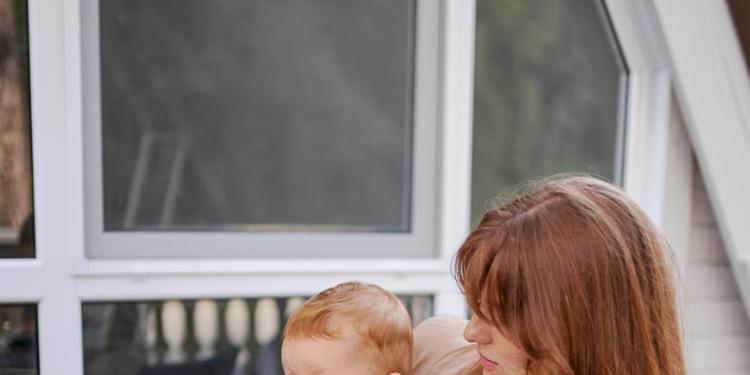If you’ve decided on formula as the choice for feeding your baby, you might be a bit confused about all the choices. There are lots of options to help you find the type that will best suit your baby’s needs and your lifestyle.
When you are in the hospital, if your baby is getting formula, it will likely be premixed in one serving disposable bottles and will be a name brand, milk-based formula. This is likely to be what your pediatrician recommends and will work well for most babies. You may be able to use this for the whole first year, with no issues.
If your baby has trouble with this formula, he may have a milk allergy and may need soy, or other special types of formula. If your baby is having trouble tolerating his formula, he may cry significantly after eating, indicating that he has a stomach ache, or he may throw up or have diarrhea. If you notice what you think might be intolerance to the formula, contact your pediatrician right away. You might have to experiment with a few before you find the right one, but don’t lose hope. There is a formula out there that will work well for your baby.
Your next consideration is whether you want a premixed, liquid concentrate, or powdered formula. Premixed means you just pour and serve. Liquid concentrates need to have water added, as does powdered. Premixed is the most expensive, powdered is the least. But, of course, premixed is also the most convenient. Premixed and liquid concentrates also spoil more quickly. Powdered formulas do have a shelf life, but are generally good for about two weeks. Your decision will generally be decided by your budget and lifestyle, as babies tolerate all three types equally well. You might want to mix and match, using powdered formula when you’re at home and premixed when you travel. Follow the directions on your formula package carefully.
When you’re bottle-feeding, you must also be diligent about sterilizing your bottles. Keeping the feeding equipment sterile is critical to protecting your baby’s health, especially in the early days. If you want to minimize the equipment that needs to be sterile, try using the bottles that hold disposable milk bags. These are good at keeping air out of the baby’s tummy and require that only the nipple be sterilized. The downside is that you have to buy the sterile disposable bags, and each bag can be used only once. You might want to spend some time shopping around to decide what kind of bottle you want to try. Whatever type you choose, just be sure to read the sterilization instructions, and follow them closely.
At first, bottle feeding may seem like a lot of work, but give it some time. Once you get the hang of sterilizing bottles and preparing formula, it will be a breeze.




